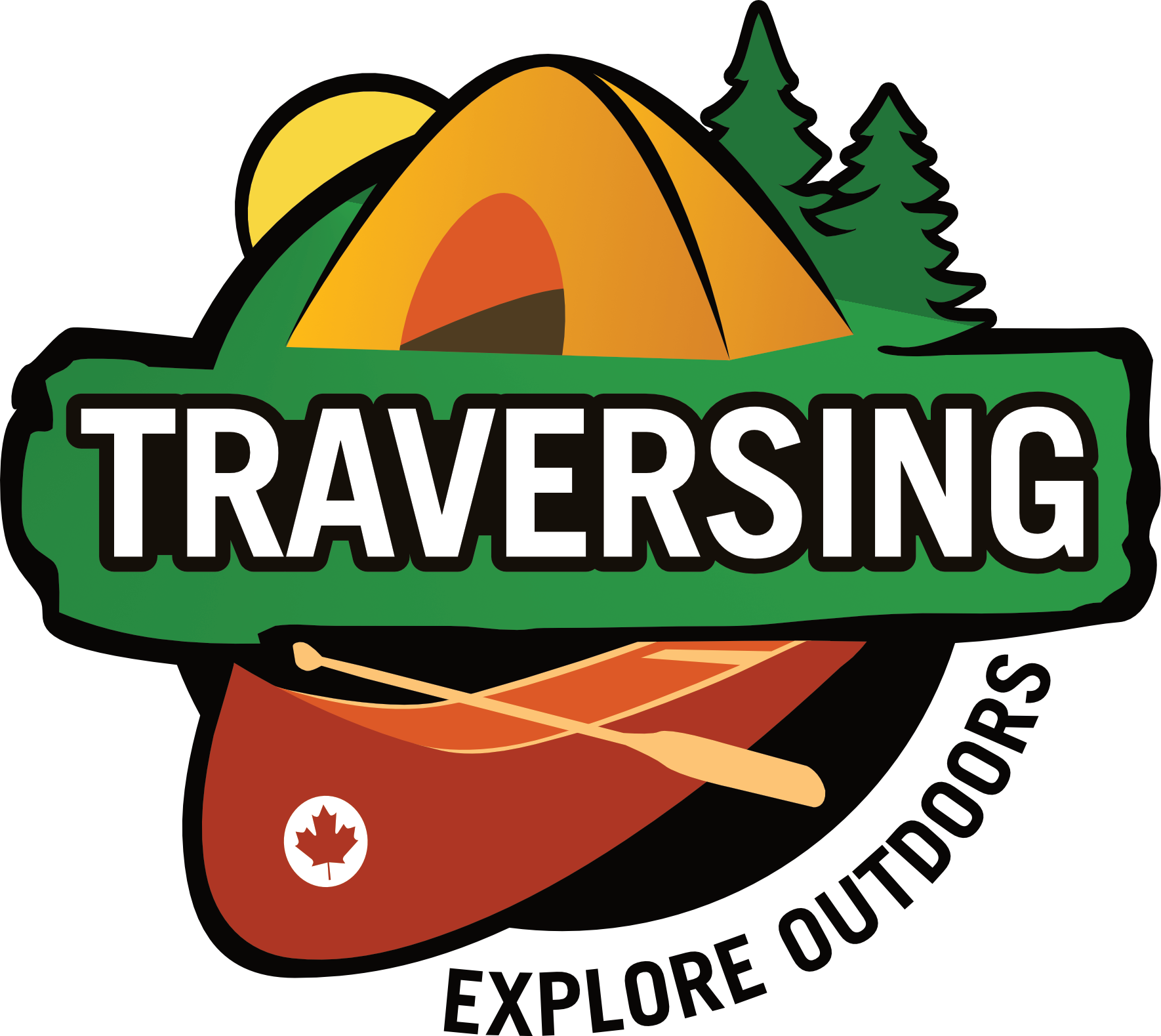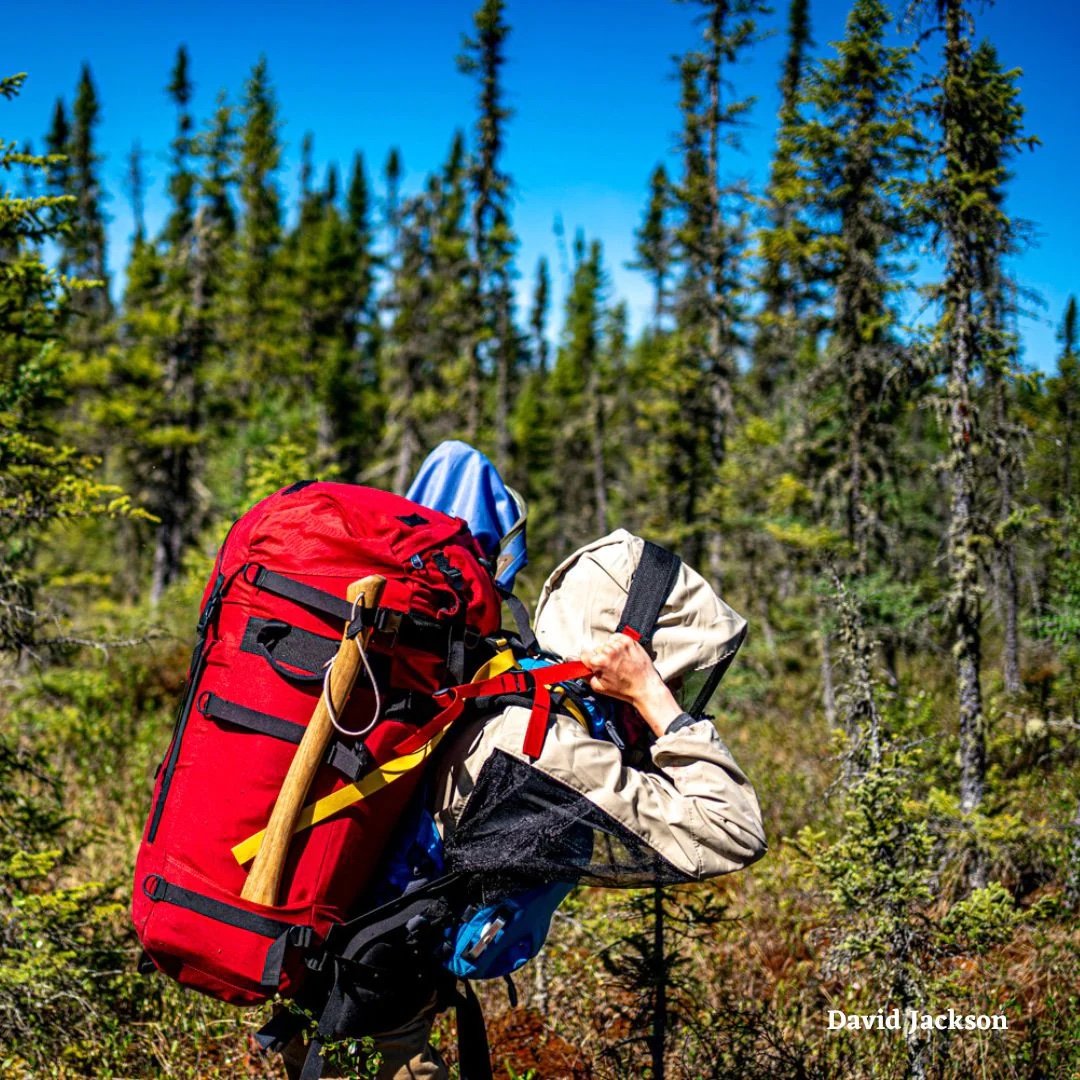Guest Blog: Some Thoughts On Staying Warm When Winter Camping

Today’s guest blog post is from Martin Pine who has years of camping expertise and wanted to share what he learned about what type of clothing you should use for winter camping…
When you walk out of an air-conditioned building on a stiflingly hot summer day you immediately notice that unpleasant wall of heat, but you don't instantly break into a sweat. It's only after being uncomfortably warm for a considerable time that your body compensates by initiating cooling processes such as increasing blood circulation to the periphery of your body and bringing about evaporative cooling by sweating. This time lag between when you feel an uncomfortable temperature change and when your body compensates for it also happens in the cold. Your body's metabolic furnace is not engaged immediately upon setting foot outside a warm house or car, but only after your body has felt and registered a distinct discomfort from the cold for many minutes. After that period of discomfort, your body compensates for the heat loss by altering blood flow and generating more internal heat.
Most people, when setting out into the cold, bundle up with as many layers as possible to avoid feeling even slight discomfort, usually with a view to shedding layers later. They want to feel as warm as they would indoors. This is a mistake. Bundling up this way prevents your body from registering any cold for which it must compensate. You can't just WILL your body to turn on its metabolic furnace, it can only happen after an appreciable time spent feeling some discomfort from the cold. Instead, dress so as too feel quite cool, but not cold. This is 'riding the cool edge'.
Along with starting your furnace sooner, dressing this way will also ensure that you won't overheat early on and sweat into your inner layers and accumulate moisture faster than you can vent it out. After 20-30 minutes of riding the cool edge, people notice the uncomfortable coolness over parts of their bodies ceases to be unpleasant at all and, typically, hats, scarves, mitts, and outer layers can be removed when just a short time before they seemed insufficient. Riding the cool edge is a great way to acclimate to the cold sooner, with fewer layers, and avoid excess sweat during exertion. If you find you're not warming up, then add a layer, but avoid allowing yourself to feel actually warm or unaware of the cold as you're most likely already too warm and moments away from sweating, especially if you are exerting yourself by skiing, snowshoeing, processing firewood, etc.
Another tip which often goes unappreciated is how the wrong fit of clothes prevents insulation and causes body moisture to accumulate, even when wearing the most breathable of fabrics. It's hard to overstate the value of breathable garments (100% wool is best) for letting body moisture escape and keeping dry, but having loose-fitting garments is just as important. Most of us enjoy flattering, closely fitted garments consistent with modern urban outdoor fashion trends, but close-fitting clothes inhibits the venting out of body moisture. Layering clothes for warmth works by trapping body-warmed air within and BETWEEN your layers. Tight garments trap very little warm air, but hold in moisture. By contrast, loose garments trap more insulating air space. Tight garments also restrict your range of motion and generate resistance and friction between your layers when travelling and working, which means more exertion and is needlessly fatiguing. Loose garments permit greater freedom of movement and are less energetically taxing.
Most important of all, such activities as snowshoeing, sled hauling, skiing, chopping wood, and so on, in loosely fitted garments, will force moisture-laden air out of your breathable garments with every movement, like a bellows, keeping you drier. It's for this reason that my winter camping clothes, except the innermost base-layers against my skin, are bigger than I would normally wear. I may not win any fashion contests in my baggy looking clothes, but I tire less quickly, stay dry longer, and when I am exerting myself hard and sweat is building up fast, I know that moisture will be expressed out of my clothes just by casual activity.
For similar reasons I don't wear a backpack if I can avoid it, preferring to haul my gear on a pulk or toboggan; backpacks compress clothing layers together against your back and under your armpits and you will have a sweaty back and armpits after minimal exertion, which turns cold and clammy when you stop, slow down, or when the temperature drops in the late afternoon. This is also why I prefer suspenders to hold up my pants because this permits excess heat and body moisture in my pants to be expressed out the waist band when I move about, whereas a belt traps heat and moisture in one's pants and then sweat collects along the waistband of the undergarments and pants.
The photo of me below (Photo credit: Mark Young) is an example of what I'm describing: In this sled-hauling photo I am wearing breathable hide and wool-lined moccasins over wool socks, thin merino wool underwear, thin merino wool base layer bottoms, and wool pants held up by suspenders, which are hanging down by my hips to prevent sweating around my shoulders and back during this heavy exertion. On my upper body I am wearing only a thin merino base layer top. My wool shirt and vest are, along with my hat and mitts, stowed on my pulk. When riding the cool edge this way, the metabolic furnace is humming and blood circulation ensures I don't need a hat, scarf, or gloves, despite being in sub-freezing temperatures for a prolonged period.
Lastly, whether you choose to carry a backpack or haul your gear behind you, make sure there is room in your pack, sled, or toboggan to hold the layers that need to come off. It's not enough to dress in layers if you have nowhere to put the layers that need to come off. If you have no room to store them when you remove them, you will be stuck wearing excess layers, overheat, sweat, and feel cold later.
Hope this helps,
-Martin






